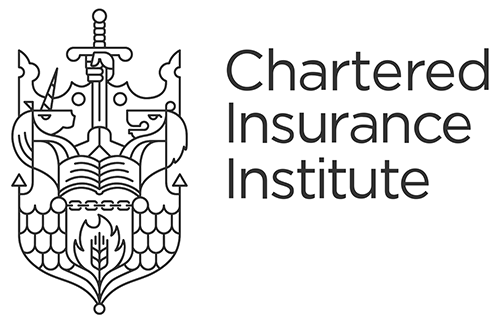

HR practitioners, Operation and Office managers with HR responsibilities, Line managers
Guidance on using the Professional Map to conduct competency-based performance reviews
Competency-based performance reviews provide an objective method for assessing behaviours and identify development areas
During the performance management cycle
Employee performance can be measured by assessing a combination of:
Challenges usually arise in articulating ‘the how’, as it may be difficult for managers to accurately communicate the behavioural expectations of a role and for employees to describe the behaviours they have demonstrated over the period being assessed.
The Professional Map can aid you during the performance review process by providing a common language around the behaviours expected at different experience levels.
Competency-based performance reviews look at how an employee's actions, skills and attitudes (behavioural competencies) have led to either meeting or missing defined objectives, so you can gain an understanding of where an employee stands at present and what additional behaviours they should develop for future success.
It’s important to have a shared understanding of the objectives and critical competencies required for the role, described in an up-to-date job description and person specification, as well as in the personal goals of the employee.
To learn how you can use the Professional Map to develop a job description and person specification that will support more effective competency-based performance reviews please refer to the Designing a role help sheet.
The Professional Map is structured into 4 bands of experience, each describing the different level of impact professionals have in the work they do. Learn more >>
Consider which of the four bands the role most closely aligns to. If you were reviewing a Claims Manager role whose purpose is oversee the processing of complex claims, you will likely map the role against Band 3 standards. If you were reviewing a junior Financial Adviser you would likely map the role against Band 2 standards.
Read the behaviours, enablers, and technical expertise (where relevant) at the band identified, but also explore whether there are standards within different bands that would also be critical, as roles will not always fall perfectly within a specific band.
The first step in a competency-based performance review is for a the individual to conduct a self-assessment. There are many ways in which this can be done, including:
You may consider completing using the same tools used by your direct report to identify where there might be differences between your assessment and the self-assessment of the employee, and have a meaningful discussion around these differences.
Organisations with multiple roles of similar nature can use the Professional Map to inform role-based performance-review templates for job families that will support consistent and evidence-based performance management.
Provide feedback focusing on the behaviours, referring to the language used in the Professional Map, and explain how the behaviours tie back to the successful execution of their goals. This type of review aims to link goals and competencies in a clear, transparent way.
Write objectives which are a combination of behavioural and task-based using the competency standards as a measure.
Use the outputs of the above steps to identify development needs and agree on the actions that need to be taken to build a personal development plan. Use this template to create it.
Explore the technical expertise and behaviours at the core of what it means to be a well-rounded professional.
Everything you need to know about the Professional Map and how it applies to you and your firm.